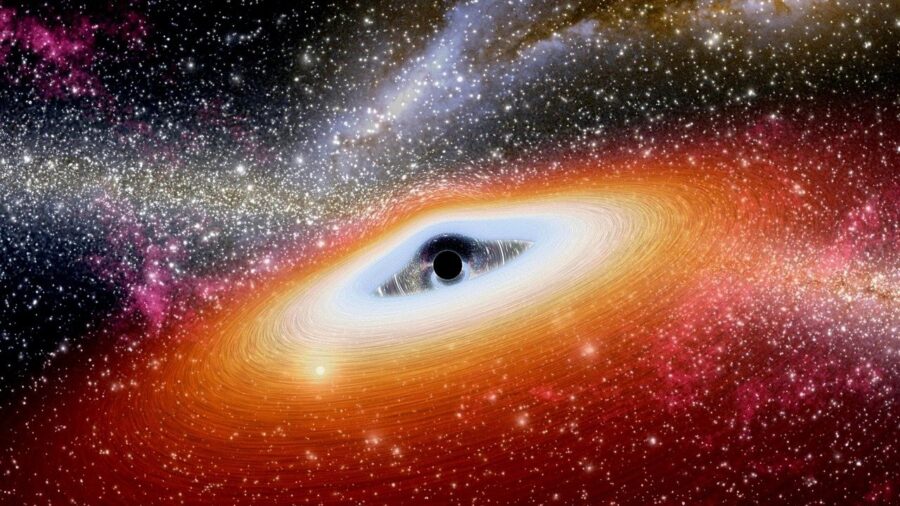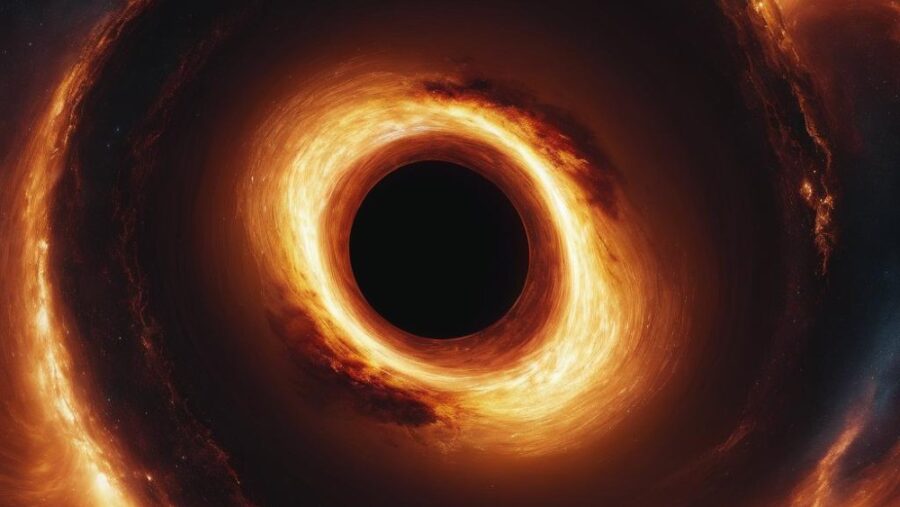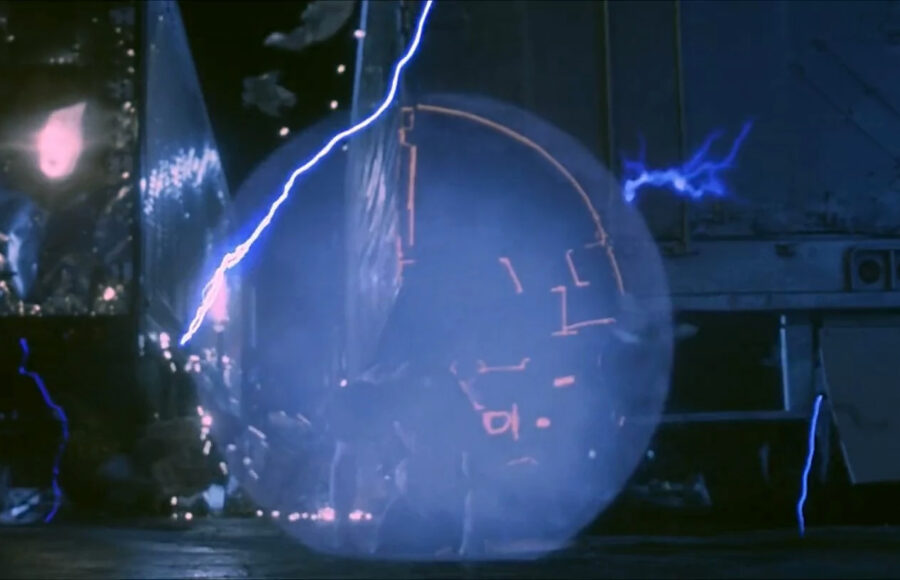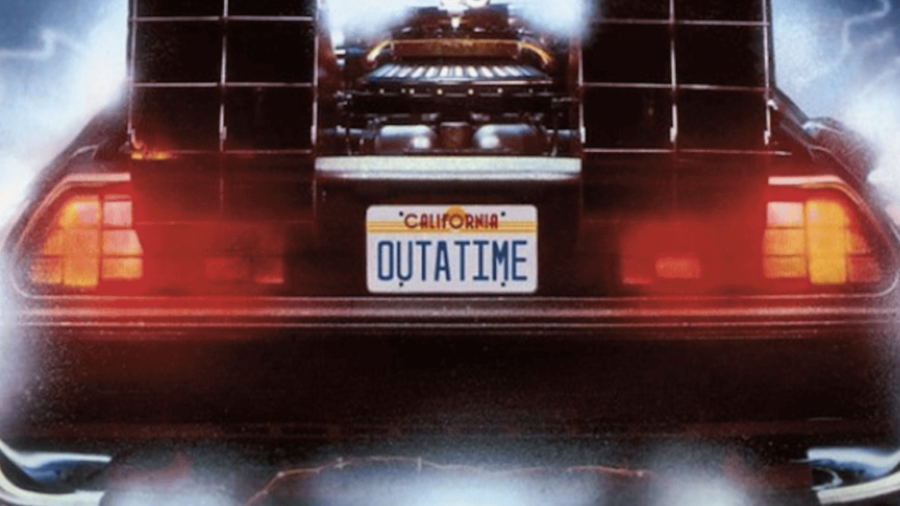Time Travel Equation Solved By Astrophysicist

After a lifetime of pursuing the idea, Physics Professor Ronald Mallett at the University of Connecticut has potentially figured out the theoretical aspects of time travel. Professor Mallett believes that black holes, rotating light, and gravitational pulls may hold the key to exploring time, but it’s all theoretical for now. There are still a lot of hurdles and limitations to handle before time travel can have real, practical applications.
A Life Spent Thinking About Time Travel

Love and loss pushed Professor Mallett into an obsession with time and space. When he was 10 years old, his father passed away from a heart attack. It was his father who nourished his love of science, but H.G. Wells’ book The Time Machine pushed him towards a focus on time travel.
He was hooked from the very first paragraph of the book, “Scientific people know very well that Time is only a kind of Space. And why cannot we move in Time as we move about in the other dimensions of Space?”
That paragraph never left him, and the professor let that time travel question guide him through school and into the Professor Emeritus of Physics position at the University of Connecticut.
Einstein And Black Holes

As he grew up, Professor Mallett spent much of his time on Albert Einstein’s theories about black holes. While his interest in time travel only continued to grow, a potential solution never showed itself. At least, not until the professor ended up in a hospital with a heart condition.
There, lying in the hospital bed, inspiration hit him. Black holes and the gravitational fields they created were the answer to time travel. These gravitational fields had the potential to lead to time loops, which then theoretically could allow people and objects to travel back in time.
Black Holes Manipulating Gravity

While this idea offered an ability to manipulate time, the other problem was how to use these time loops for time travel.
Professor Mallett found this time travel solution much easier than the first problem. Strong and continuous beams of light, like a ring of lasers, with a particular rotation could be used to manipulate gravity and mimic the distorting effects of a black hole.
Space-Time

Though the details are rather complicated, the big time travel picture is a lot simpler to grasp. The professor offers a comparison to help people understand. “Let’s say you have a cup of coffee in front of you. Start stirring the coffee with the spoon. It started to spin, right? That’s what a spinning black hole does. In Einstein’s theory, space and time are related to each other. That’s why it’s called space-time. So when the black hole spins, it will actually cause time to shift.”
Much To Figure Out

Professor Mallett may now have a theory on time travel and a machine to use to make it possible, but that doesn’t mean it will be here in the next few decades.
There’s still a lot to figure out to make such travel practical, such as where the insane amount of energy such a machine would require could come from, and how big the machine would need to be.
There’s also a major constraint on the machine. According to his theories, time travel would only be possible to the very beginning of when the machine was first built. In this way, it’s more like a one-way message service. You can potentially go forward quite a distance, but going back in time is limited by the machine’s creation.
Theoretical Aspects Of Time Travel

The professor has made a huge leap in figuring out the theoretical aspects of time travel, but there’s a lot more to discover and quite a few hurdles and paradoxes to figure out before scientists practically start messing around in time.
Still, the theory is a step in the right direction and does suggest that people can push past what science currently considers possible.
Source: Earth.com












